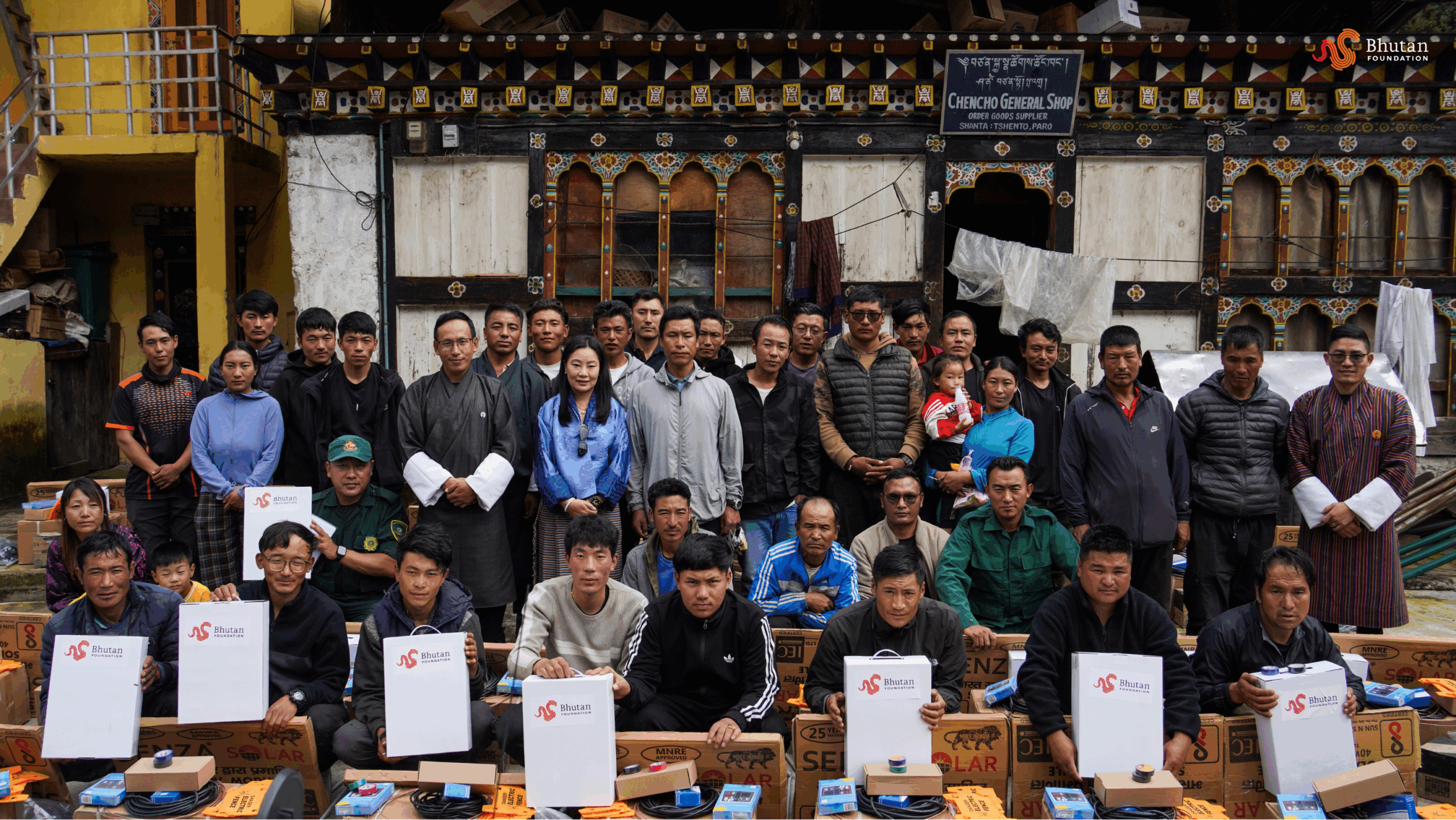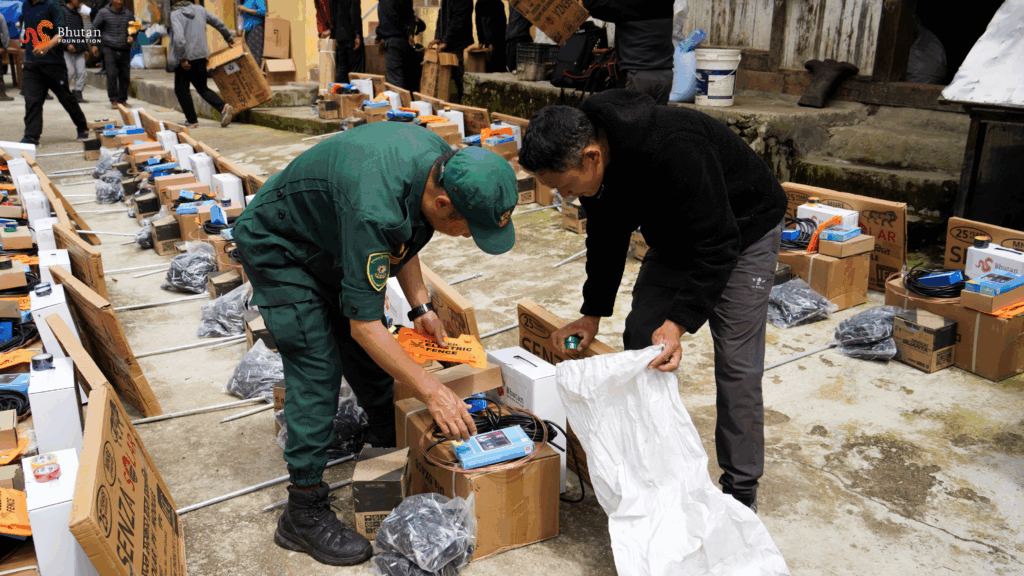August 14, 2025
In the remote northern alpine ecosystems of Bhutan, the highland communities of Soe and Yaksa have shared their mountains with the elusive snow leopard for generations. For these nomadic herders, yaks are more than livestock —they are the foundation of their livelihoods. But life in the high mountains is not without challenges. Predation, particularly of yak calves by snow leopards and other predators, threatens the very source of their income and food security with some herders losing 3-5 calves annually.
“The new corral fencing will keep our animals safe and give us peace of mind. Before, the old fences put even our own animals at risk, they’d get too close and injure themselves,” says Kinzang.

In collaboration with the Department of Forest and Park Services, we provided portable solar corral fencing to 40 herders in Soe and Yaksa, within Jigme Dorji Wangchuck National Park. This new approach to mitigating human–snow leopard conflict will be closely monitored to measure its effectiveness and guide the development of a standard protocol for corral fence use.
- Portable, Practical, and Protective: These corral fences are designed with the realities of highland life in mind. Lightweight and easy to transport, they can be set up and dismantled quickly as herders move their camps. This flexibility ensures that yak calves are safeguarded no matter where the herd is grazing. The solar-powered system also offers additional benefits —providing reliable lighting and charging capabilities for devices, which are essential for communication and safety in such remote areas.
- Part of a Bigger Conservation Picture: This initiative is a key component of our Promoting Ecological and Community Engagement (PEaCE) for Snow Leopard Conservation project. Through this work, we aim to build resilient communities, support traditional livelihoods, and protect Bhutan’s alpine biodiversity —ensuring that both people and snow leopards can coexist in the landscapes they share.

